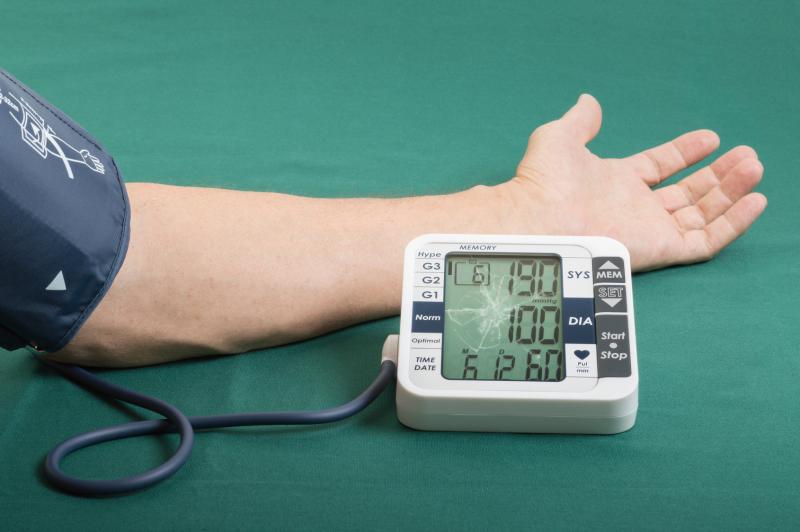 Many people are hypertensive without knowing it
Many people are hypertensive without knowing itIn looking for the optimal treatment of hypertension (HTN), physicians commonly look to treat mean blood pressure (BP) to target. While this is helpful, improved and detailed monitoring of other parameters will go a long way in improving patient risk outcomes.
Speaking at the recent Malaysian Society of Hypertension’s 17th Annual Congress, Professor Datin Dr Chia Yook Chin, of the Department of Medical Sciences, Sunway University, said it is time to look beyond mean BP when treating patients with HTN. In Malaysia, the HTN guidelines recommend a target mean clinic BP of <140/90 mmHg for most patients, and if possible <130/80 mmHg if the patients can tolerate it.
Managing factors that modify BP should be the focus going forward as the Systolic Blood Pressure Intervention Trial (SPRINT) trial revealed that although intensive BP lowering resulted in improvements over the moderate BP lowering arm, it came with higher rates of adverse events.
More recent targets for BP control include the morning surge and BP variability. It is well known that patients with hypertension experience an exaggerated surge in their morning BP, known as the morning surge. [Am J Hypertens 2006;19(10):1010–1017] This condition is known to increase the risk of cardiovascular events. To overcome this problem, Chia said it is possible to get the patients to take their medication at bedtime. In this case, the antihypertensive agent has to be a long-acting compound such as amlodipine or nifedipine.
Another factor to take into account when managing HTN is BP variability (BPV). Chia said that although two patients may present with the same mean BP in the clinic, the variability of the BP throughout the hour, day and week, can contribute towards the risk of cardiovascular events. In general, those with smallest BPV have the lowest risk of cardiovascular events compared with those with biggest BPV.
Other aspects to investigate include sleep BP, pulse pressure and central aortic pressure.
Are genes the cause?
Genetic factors have been suggested as one of the contributors towards the development of HTN. However, Chia noted that of the 1,000 or so loci associated with HTN, only 120 are associated with BP regulation. Furthermore, their effects are small and contribute a small percentage of trait variance.
Instead, Chia noted, the developmental programming plays a bigger role in determining one’s risk of hypertension than genetic factors. In animal studies, maternal malnutrition and foetal hypoxia activates the foetus’ renin-angiotensin system and upregulates sympathetic nerve activity in later life. This is reflected in epidemiological studies which demonstrate an inverse relationship between birth weight and later risk of HTN. [Arch Cardiovasc Dis 2012;105(2):99–113]
Other contributing factors to HTN include the activation of the sympathetic nerve activity, renin-angiotensin system and endothelin-1; glucocorticoid use; and reduced nephron number.